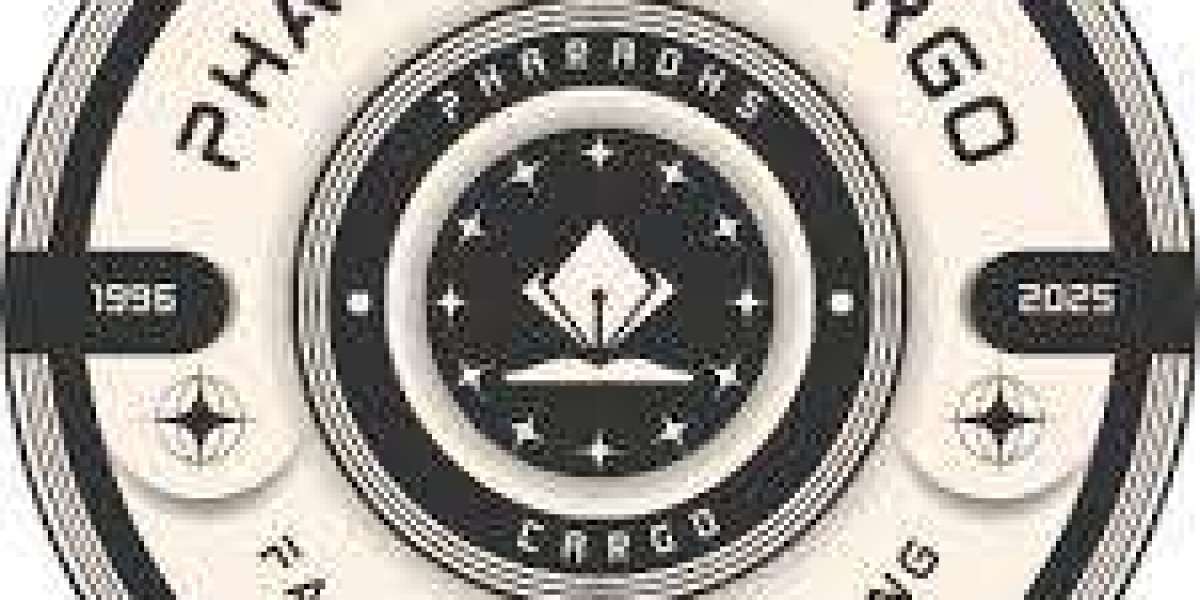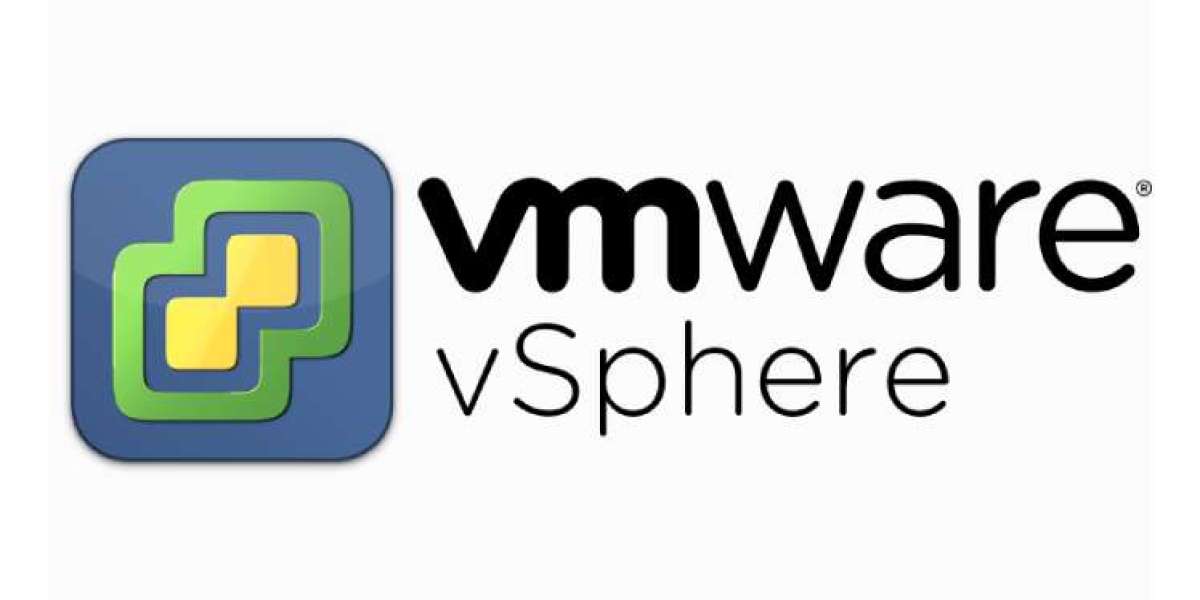When it comes to global shipping and logistics, few names stand out like OOCL—Orient Overseas Container Line. As one of the world’s leading international container transportation and logistics service providers, OOCL offers advanced tracking systems that make container management simpler, more efficient, and transparent. If you're dealing with international cargo, understanding OOCL container tracking is crucial.
In this article, we’ll cover everything you need to know about OOCL container tracking: what it is, how to use it, why it’s important, and tips to ensure your cargo arrives as expected.
What Is OOCL Container Tracking?
OOCL container tracking is a digital service that allows customers to monitor the real-time location and status of their shipping containers. Whether you're shipping electronics from China to the United States or importing furniture to Europe, container tracking helps you stay informed about your cargo’s journey.
The system uses a combination of technologies including GPS, RFID, and database updates to provide real-time information about each container's whereabouts, route, and estimated arrival time.
Why Is OOCL Container Tracking Important?
Tracking your container with OOCL offers several benefits:
1. Real-Time Visibility
Knowing where your cargo is at any given time provides peace of mind. You can make informed decisions based on the current location and estimated arrival of your shipment.
2. Improved Supply Chain Planning
For businesses, supply chain efficiency is everything. Real-time updates help companies plan inventory, staffing, and sales cycles more effectively.
3. Enhanced Customer Service
If you're a supplier or distributor, being able to provide your customers with precise updates enhances trust and satisfaction.
4. Proactive Problem Management
In the event of delays or route changes, tracking systems allow for quick responses, reducing the risk of major disruptions.
How to Use OOCL Container Tracking
Tracking your OOCL shipment is a simple and user-friendly process. Here are the steps:
Step 1: Visit the Official OOCL Website
Go to the OOCL website and navigate to the "Track Shipment" section, usually located in the top navigation bar.
Step 2: Enter Tracking Information
You can track your shipment using one of the following:
Container Number
Booking Number
Bill of Lading Number
These unique identifiers are provided at the time of booking and act as keys to your shipment data.
Step 3: View Shipment Details
After entering the correct number, click “Track”. The system will display:
Current location of your container
Departure and arrival ports
Transit status (e.g., loaded, in transit, discharged)
Estimated Time of Arrival (ETA)
Understanding the Tracking Status Terms
When tracking your container, you’ll come across several status updates. Here’s what they typically mean:
Gate In: Container has entered the port terminal.
Loaded on Vessel: Container has been loaded onto the ship.
Vessel Departure: The ship has left the port.
Vessel Arrival: The ship has arrived at the destination port.
Discharged: Container has been offloaded.
Gate Out: Container has exited the terminal and is en route to the final destination.
Tracking via Third-Party Platforms
While OOCL’s official site is reliable, several third-party platforms also offer OOCL container tracking, such as:
SeaRates
Track-Trace.com
GoComet
Freightos
These platforms consolidate tracking from multiple carriers, making them useful for freight forwarders managing large portfolios.
Mobile Tracking Options
OOCL doesn’t currently have a standalone mobile app for container tracking, but their website is mobile-friendly. Users can access full tracking functionalities via smartphones and tablets, making it easy to stay updated on the go.
OOCL Smart Tracking Technologies
OOCL is not just about traditional container tracking. The company is a pioneer in integrating smart technology for next-level logistics. Features include:
1. IoT-Enabled Smart Containers
Some OOCL containers are equipped with Internet of Things (IoT) devices that offer detailed insights like:
Temperature
Humidity
Door opening events
Shock or vibration alerts
2. AI-Powered Predictive Tracking
OOCL leverages AI to estimate delays and suggest alternative actions. This is particularly valuable for high-priority cargo where timing is critical.
Common Issues in Container Tracking (and How to Solve Them)
Even the most advanced systems face occasional glitches. Here are a few common problems and solutions:
1. Invalid Container Number
Ensure you're entering the correct number. Container numbers typically follow the format: 4 letters + 7 digits (e.g., OOCL1234567).
2. Delayed Updates
Sometimes, updates are delayed due to technical reasons or port congestion. Wait a few hours and try again.
3. No Tracking Data Available
This may happen if the shipment hasn’t started moving yet. Tracking typically becomes active after "Gate In" status.
Tips for Efficient OOCL Container Tracking
Here’s how to get the most out of your tracking experience:
Save Your Tracking Number: Keep it in a safe, accessible place.
Subscribe to Notifications: Some third-party tools allow automated alerts.
Double-Check Time Zones: Arrival times are often listed in local port time.
Verify ETA Closely: Delays can happen; check often if timing is critical.
Final Thoughts
OOCL container tracking is a powerful tool for individuals and businesses involved in international shipping. It brings transparency, security, and efficiency to what can otherwise be a stressful process. By using OOCL’s official tools—or reputable third-party platforms—you can monitor your shipment in real-time and make well-informed decisions along the way.
Whether you're a small business owner awaiting inventory or a large corporation handling bulk international cargo, OOCL container tracking ensures you’re never in the dark about your shipment’s journey. In a world where timing and precision are everything, that’s a huge advantage.
FAQs About OOCL Container Tracking
Q1: Is OOCL container tracking free?
Yes, tracking services on OOCL’s website are completely free to use.
Q2: How often is the tracking information updated?
Updates occur at key milestones, typically when containers arrive or depart terminals and ports.
Q3: Can I track multiple containers at once?
Yes, bulk tracking tools on third-party websites allow you to enter multiple container or booking numbers at the same time.
Q4: What should I do if my shipment is delayed?
Contact OOCL customer service or your freight forwarder to get details and explore options.



